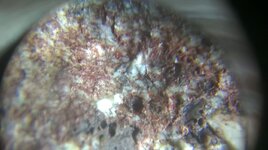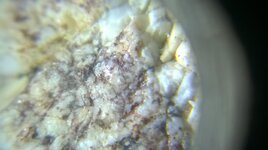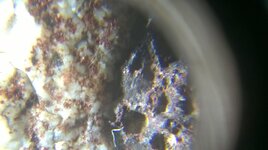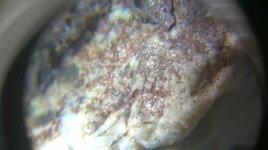alan p
Jr. Member
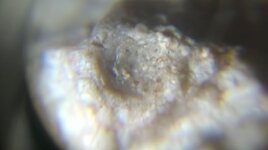
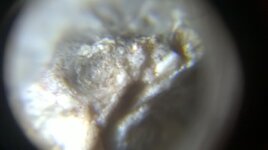
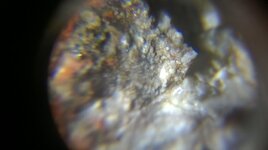
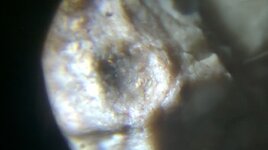
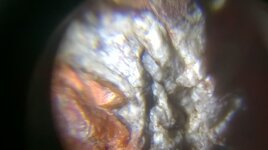
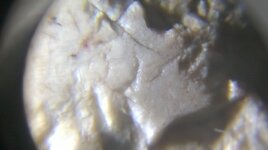
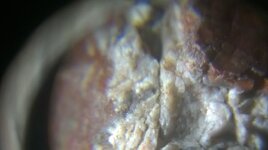
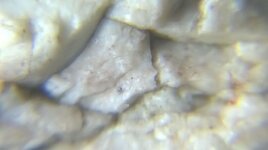
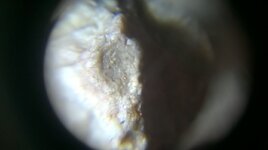
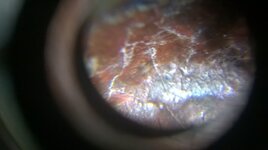
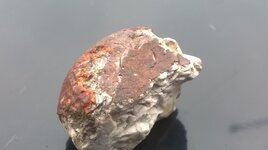
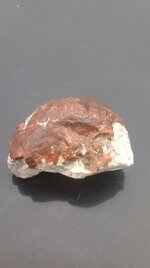
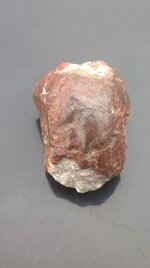
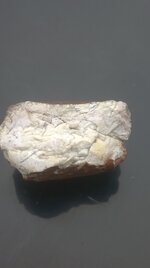
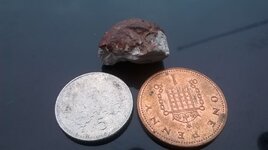 Looked at lots of rock and pics but cant find a match for this rock,white part look like it's made of the tiniest white particles held together with a slightly transparent resin and has a sheen to it, the crust is reddish/brown cracked and you can see where the previously fractured sides have a thin covering of the crust, underneath the crust is an orangey/brown toffee looking rock with a grey looking rock underneath the orange part, in the orange and grey part there's the tiniest mix of coloured grains i.e. black pink cream white brown & a bluish/grey, there is also same grains in some areas of the white part which looks like a porridge mix, looks very organic strangely, I guess the outside must have hematite in it but doesn't show on a streak test unless a lot of pressure is applied but then only a faint pink, moves with a magnet but doesn't pick up although I have piece at museum that has lots of bright metal in and clicks to magnet and another piece that has tiny bit of crust with holes like slag, most of what said can only be seen with magnifying glass, there is also a few clear yellowish bits and I don't believe white part is quartz as cant find rock similar,
Looked at lots of rock and pics but cant find a match for this rock,white part look like it's made of the tiniest white particles held together with a slightly transparent resin and has a sheen to it, the crust is reddish/brown cracked and you can see where the previously fractured sides have a thin covering of the crust, underneath the crust is an orangey/brown toffee looking rock with a grey looking rock underneath the orange part, in the orange and grey part there's the tiniest mix of coloured grains i.e. black pink cream white brown & a bluish/grey, there is also same grains in some areas of the white part which looks like a porridge mix, looks very organic strangely, I guess the outside must have hematite in it but doesn't show on a streak test unless a lot of pressure is applied but then only a faint pink, moves with a magnet but doesn't pick up although I have piece at museum that has lots of bright metal in and clicks to magnet and another piece that has tiny bit of crust with holes like slag, most of what said can only be seen with magnifying glass, there is also a few clear yellowish bits and I don't believe white part is quartz as cant find rock similar,


